Planning tool
Year levels
Strands
Expected level of development
Australian Curriculum Mathematics V9: AC9M4N01
Numeracy Progression: Number and place value: P7
At this level, students apply their understanding of fractions and division to divide a whole (rectangle model) into 10 equal pieces. They learn that each piece represents 0.1 or one-tenth of the length of the original whole.
Encourage students to recognise that one whole is equivalent to ten-tenths and use this knowledge to rename other decimals (e.g. 0.15 as fifteen-hundredths or one-tenth and five-hundredths).
By using materials such as bundling sticks, students can represent a whole and then show the multiplicative relationship between the whole and its tenths and hundredths. For example, a bundle of 10 sticks can represent one whole and one stick is therefore one-tenth.
Relate the models of decimals to measurement examples where the relationship between the base unit and part of the unit are shown. For example, 1.5 metres can be demonstrated as one whole metre and five-tenths (or half) of the next unit metre.
Compare the language used for measurement units such as length with those used for money, emphasising that the cents are parts (hundredths) of the next dollar. For example, one dollar and seventy-five cents is one dollar and 75-hundredths of the next dollar.
Teaching and learning summary:
- Support students making connections between fractional language and decimal notation (e.g. tenths and hundredths).
- Emphasise the base ten place value system when working with decimals (one of the larger units is equivalent to ten smaller units and vice versa).
- Recognise the equivalence of fractions and decimals (e.g. half is the same as 0.5 or five-tenths) through the use of correct mathematical language (not zero point five).
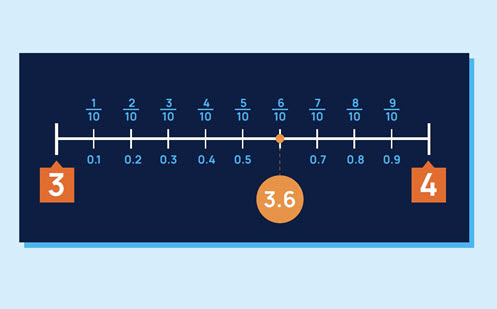
Students:
- demonstrate their understanding of the base ten system and generalise this understanding to decimals (tenths and hundredths)
- represent decimal fractions (10-tenths and 100-hundredths)
- use decimals in real-life examples for measurement and money and explain how tenths and hundredths are represented.
Some students may:
- use incorrect language to describe a decimal number. Difficulties usually occur because place value is not used when naming numbers and numbers are said as separate digits (e.g. ‘three point four five’). The correct place value language should be used to prevent whole-number thinking (i.e. 3 and 45-hundredths)
- use whole-number thinking to compare the value of fractions and incorrectly believe that a longer number is always larger, for example, they think that 0.342 is larger than 0.4. Support students to use number lines and base 10 materials to compare the two numbers.
The Learning from home activities are designed to be used flexibly by teachers, parents and carers, as well as the students themselves. They can be used in a number of ways including to consolidate and extend learning done at school or for home schooling.
Learning intention
- We are learning about decimals.
Why are we learning about this?
- Decimals are an important part of our number system.
What to do
1. Create this number expander.

2. Use your number expander to show if these statements are true.

Success criteria
I can:
- represent decimals on a number line
- write decimals as common fractions.
Please note: This site contains links to websites not controlled by the Australian Government or ESA. More information here.
Teaching strategies
A collection of evidence-based teaching strategies applicable to this topic. Note we have not included an exhaustive list and acknowledge that some strategies such as differentiation apply to all topics. The selected teaching strategies are suggested as particularly relevant, however you may decide to include other strategies as well.
-
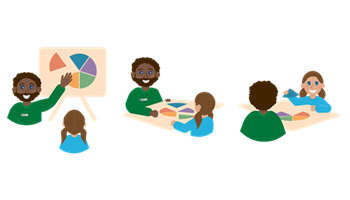
Explicit teaching
Explicit teaching is about making the learning intentions and success criteria clear, with the teacher using examples and working though problems, setting relevant learning tasks and checking student understanding and providing feedback.
Go to resource -
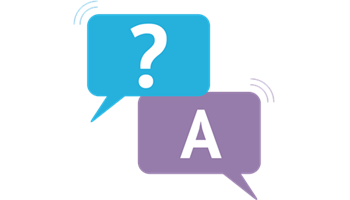
Questioning
A culture of questioning should be encouraged and students should be comfortable to ask for clarification when they do not understand.
Go to resource -
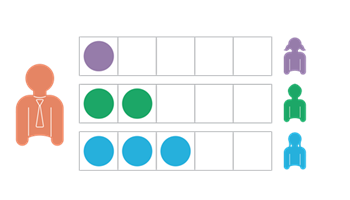
Classroom talks
Classroom talks enable students to develop language, build mathematical thinking skills and create mathematical meaning through collaborative conversations.
Go to resource -

Multiple exposures
Providing students with multiple opportunities within different contexts to practise skills and apply concepts allows them to consolidate and deepen their understanding.
Go to resource
Teaching resources
A range of resources to support you to build your student's understanding of these concepts, their skills and procedures. The resources incorporate a variety of teaching strategies.
-
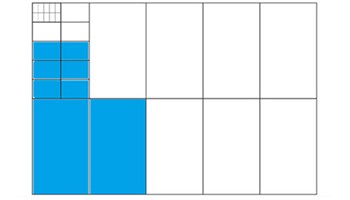
Recognising and comparing decimal numbers
In this lesson, students learn about place value and how it extends beyond whole numbers.
Go to resource -
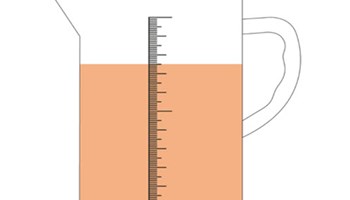
Composition and calculation: hundredths and thousandths
Introduce students to hundredths (and thousandths) using both the partitioning structure and ideas of place value.
Go to resource -

Decimals to tenths
Use this unit as an early introduction to decimals. Numbers used are restricted to hundreds, tens, ones, and tenths.
Go to resource -

Locating decimals on a scale
Students locate decimals on a linear scale.
Go to resource -

Ordering decimals
The purpose of this activity is to support students to order decimals.
Go to resource -

Decimal fractions: Video and teaching guide
Use this video to explore decimal fractions, how they are represented and how we use them in day-to-day contexts.
Go to resource